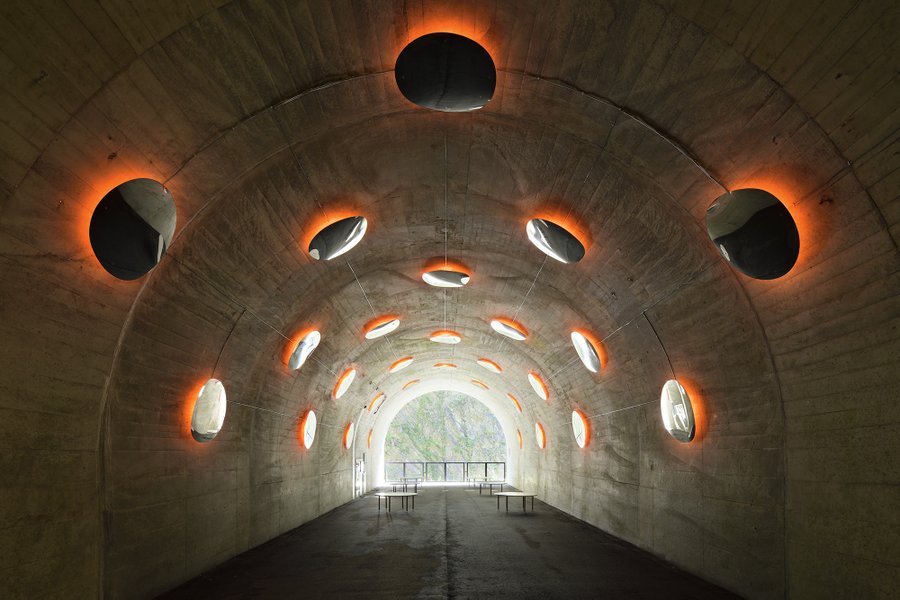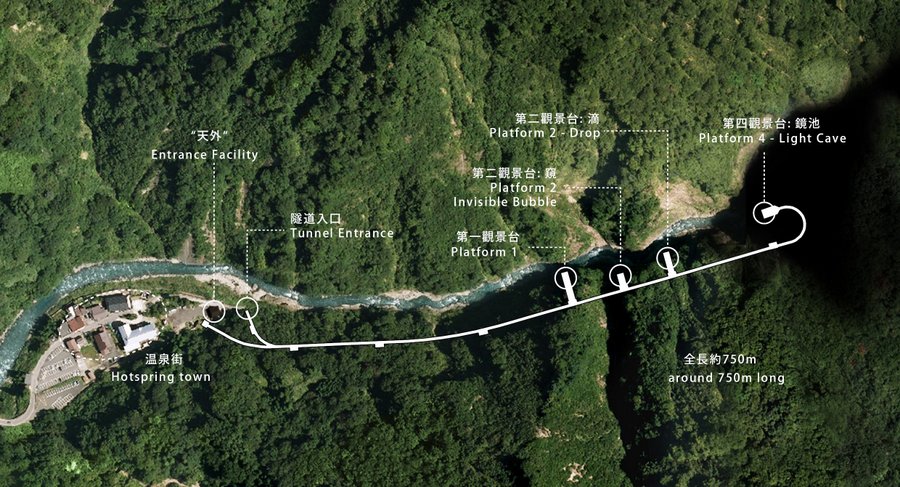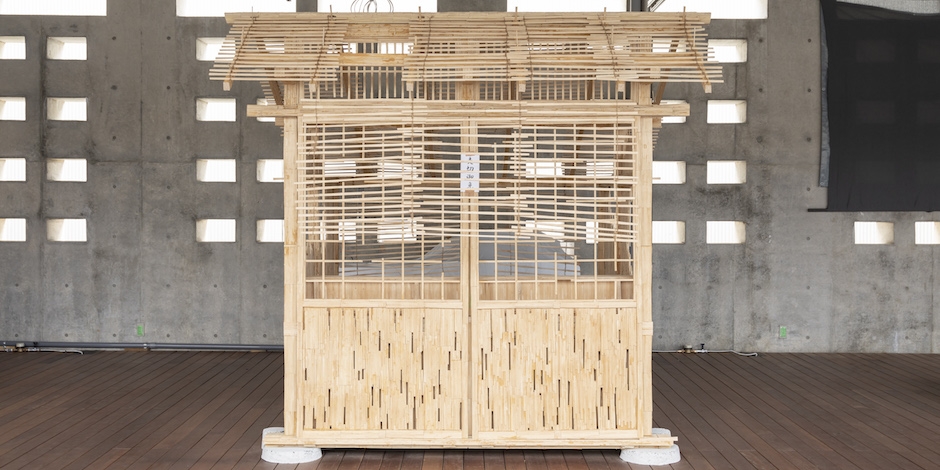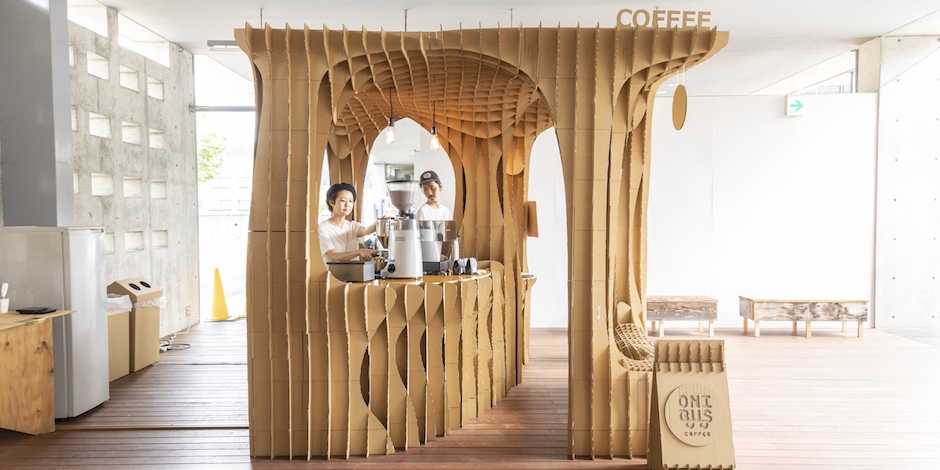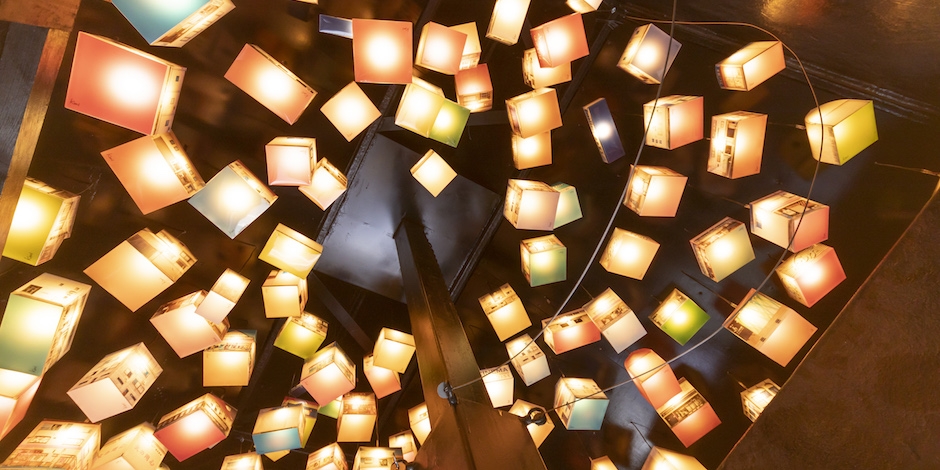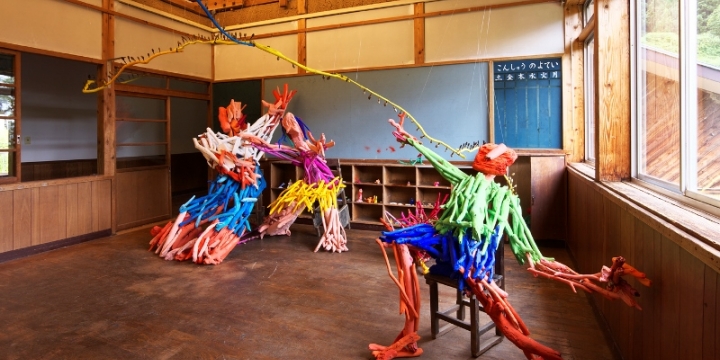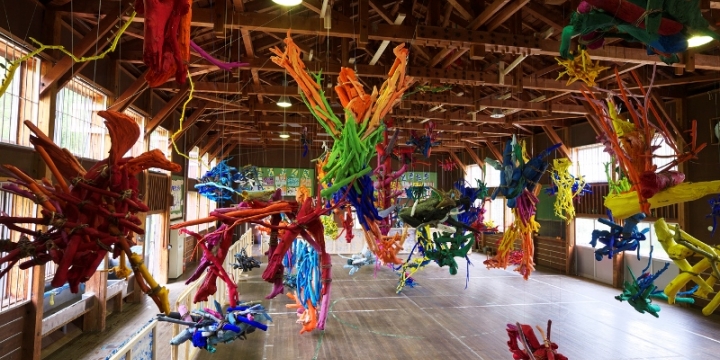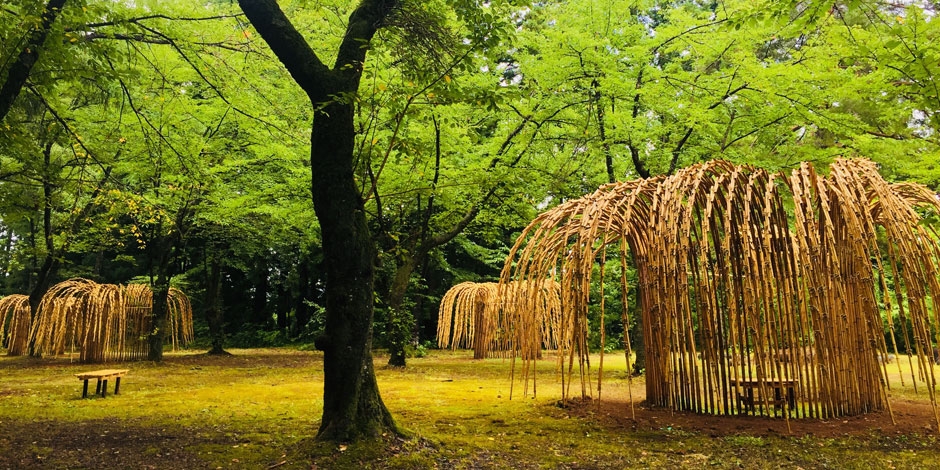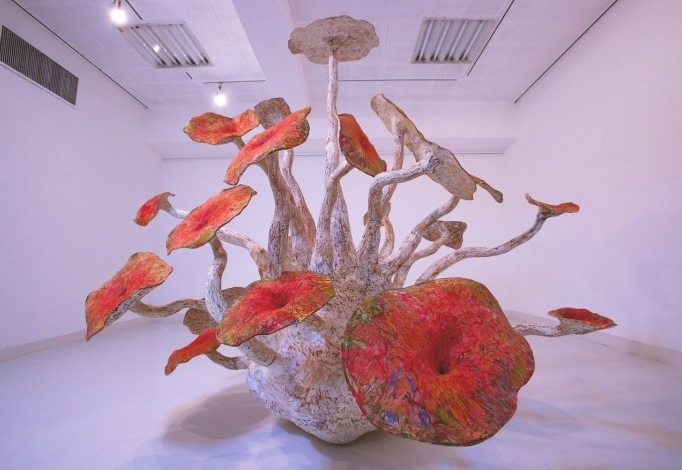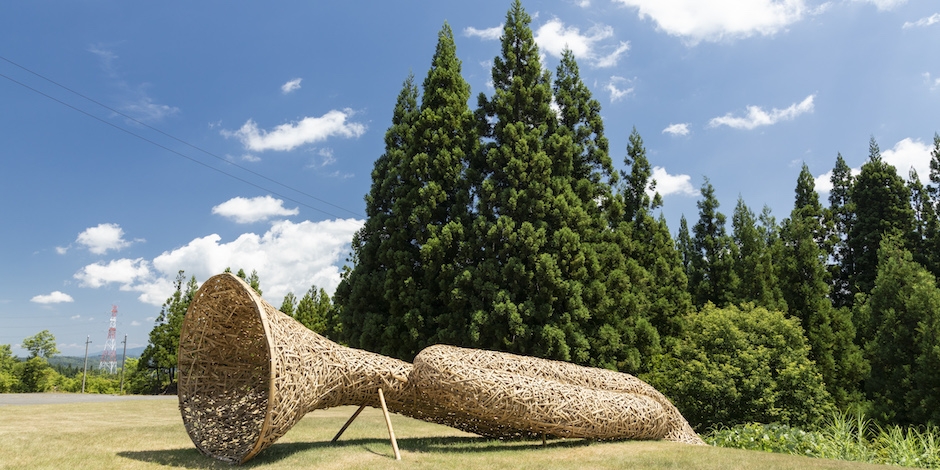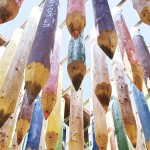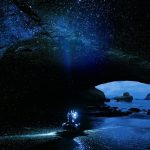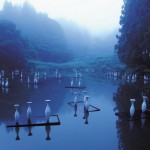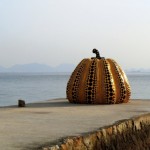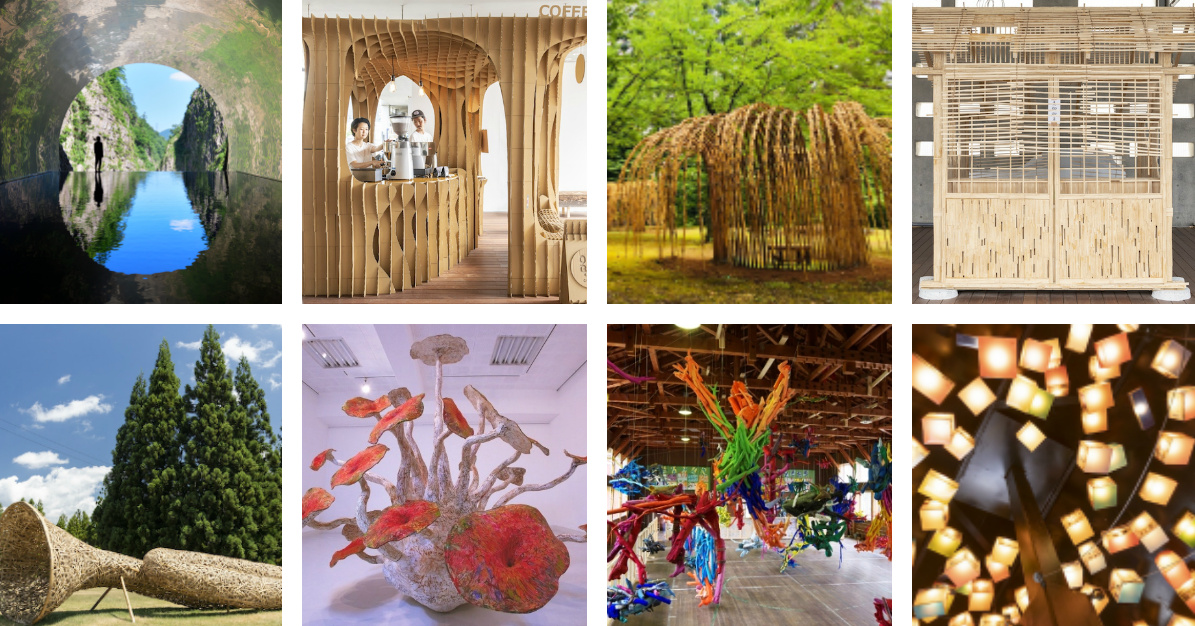
Summer is winding down. The cicadas are fetching up new breath for one, final onslaught, humidity is (hopefully) on its last leg and back-to-school commercials are invading the airwaves. But you can still enjoy the great outdoors while simultaneously visiting one of the largest open air museums in the world. The Echigo-Tsumari Art Field festival kicked off at the end of July and runs until September 17, which means you still have 5 weekends to immerse yourself in one of the largest art festivals in the world, in one of the most unlikely places in the world. Known for their heavy snowfall in winter, the Echigo-Tsumari region is located in mountainous Niigata – easily accessible from Tokyo in a little over an hour by train.
Once there, you’ll traverse 200 villages across roughly 190,000 acres, all dotted with over 350 site-specific artworks created by artists from all over the world. The organizers admit, it’s an “absolutely inefficient approach deliberately at odds with the rationalization and efficiency of modern society.” The intention is to interact with the beauty and richness of the land, which serves as a canvas for art.
Below are some of our favorite picks – a small cross-section of what you will see if you make the pilgrimage – specifically selected as being new this year. The triennial has been held every 3 years since 2000.
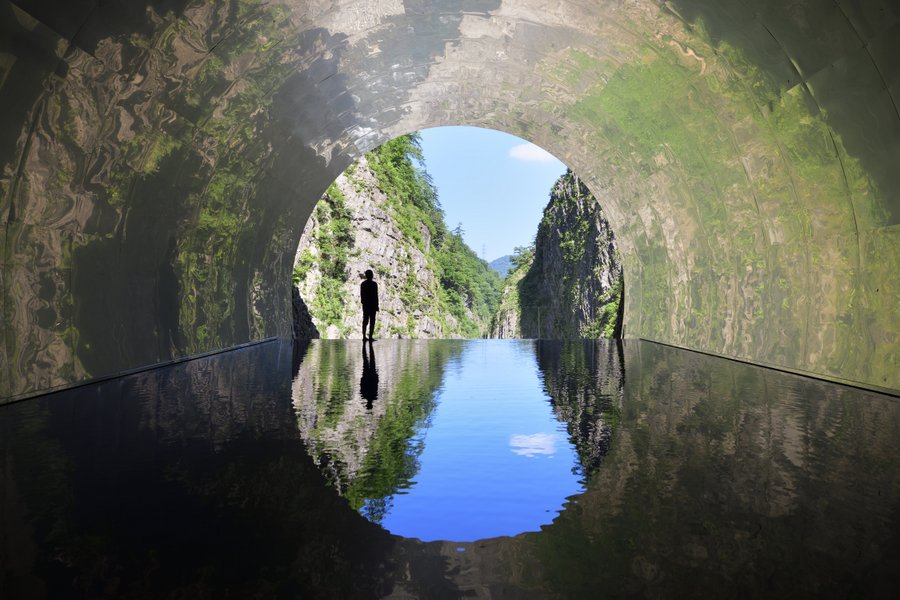
Perhaps the most anticipated is the restoration of the Kiyotsu Gorge Tunnel by Ma Yansong of MAD Architects. The tunnel itself is an immersive art piece that breaks out into 3 art spaces before culminating in the final “Light Cave.”
